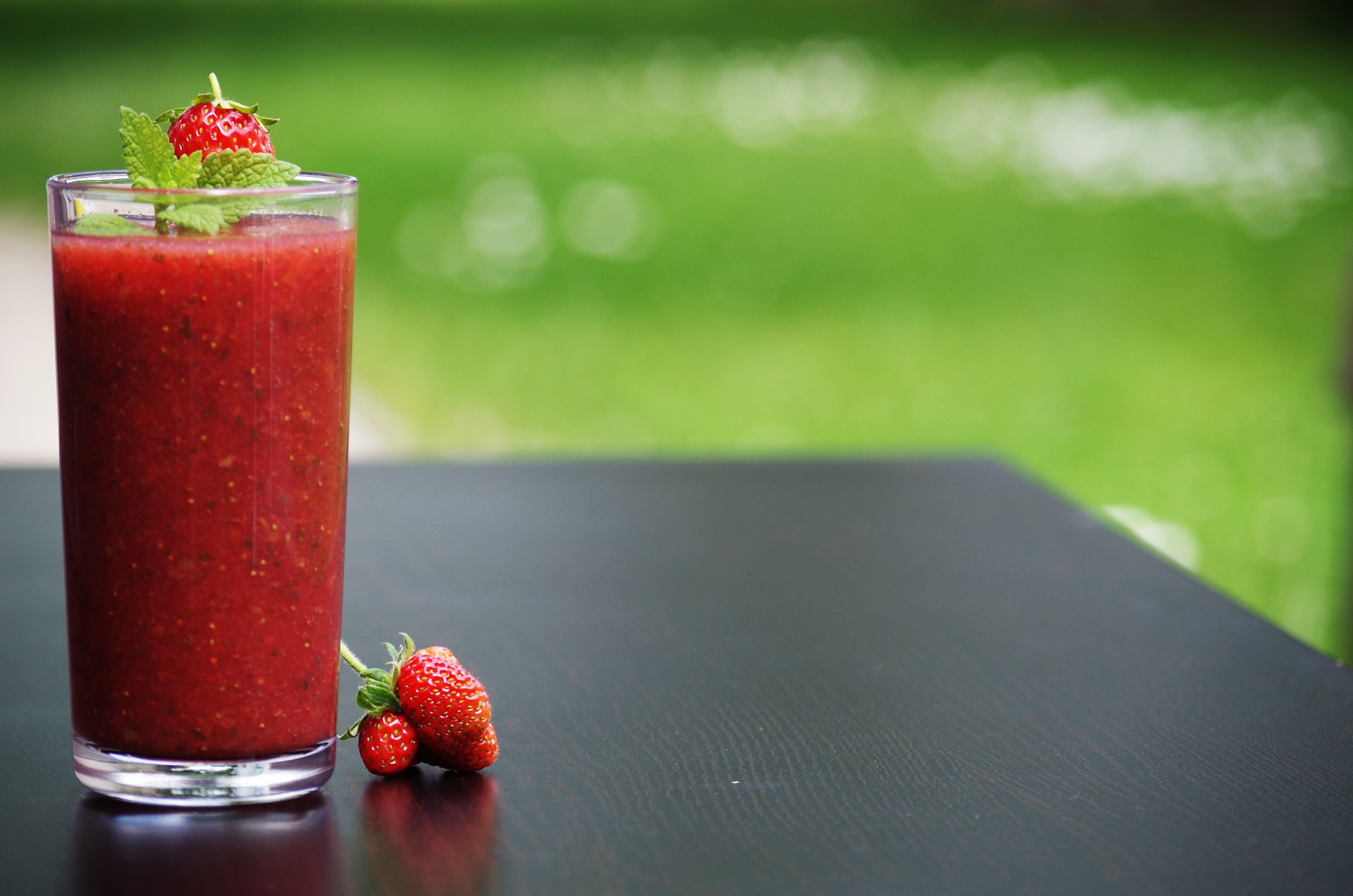An Ode to the Versatile Art of Smoking Foods
Smoking foods is a culinary technique that has stood the test of time. This unique method of cooking imparts a distinct flavor to food that is hard to replicate with any other technique. Let's delve into the smoky world of this ancient culinary art. From the delicate smokiness of a salmon to the deeply satisfying taste of a smoked brisket, the art of smoking food is a practice that not only imparts a unique flavor but also preserves food. It began as a necessity, with our ancestors relying on smoke to keep their food safe from spoilage, and has since evolved into a culinary style appreciated worldwide.
Smoke and Flavors: An Unforgettable Union
The magic of smoking lies in the marriage of heat and smoke, which results in flavors that are deeply satisfying and complex. Different types of wood, like hickory, apple, or cherry, offer different flavor profiles. The choice of wood can enhance the meat, fish, or even vegetables you’re smoking, creating a harmony of flavors that’s hard to resist.
Techniques: Hot and Cold Smoking
Hot smoking and cold smoking are the two basic techniques of smoking food. Hot smoking involves cooking and smoking the food simultaneously, resulting in fully cooked, smoke-flavored food. On the other hand, cold smoking imparts a smoked flavor without cooking the food, requiring further cooking before consumption.
Innovations in Smoking: Beyond just Meat
While meat and fish are the most common foods to be smoked, innovation has led to the smoking of cheeses, fruits, vegetables, and even cocktails. Smoked watermelon, for instance, has become a vegan alternative to smoked ham, while smoked cocktails add a layer of complexity to the drink.
Health Considerations: Moderation is Key
While smoked foods are undeniably delicious, it is essential to consume them in moderation due to potential health concerns associated with certain smoking methods. Opting for natural hardwoods instead of chemically treated woods, and using lean meats can make your smoked dishes healthier.
Quick Smoke Notes:
-
The choice of wood significantly impacts the final flavor. Fruit woods like apple or cherry impart a milder, sweeter smoke, while hardwoods like hickory or oak give a stronger flavor.
-
The smoking process can take anywhere from a few hours to a few days, depending on the food and the desired flavor intensity.
-
Smoking not only flavors food but also preserves it, extending its shelf life.
In conclusion, the art of smoking foods is a fascinating aspect of the culinary world that offers a multitude of flavors and techniques to explore. By understanding the basics of smoking and experimenting with different foods and woods, you can elevate your cooking and embark on a delightful gastronomic journey. So, why not fire up that smoker and let the aromatic dance of smoke and fire take your culinary skills to a whole new level?






